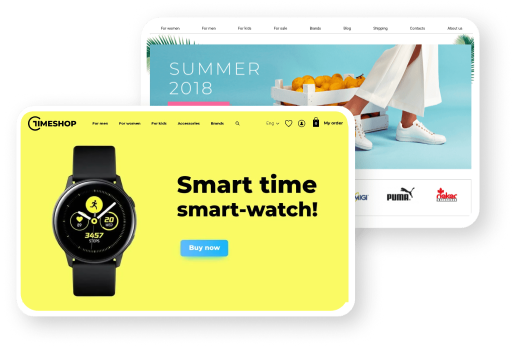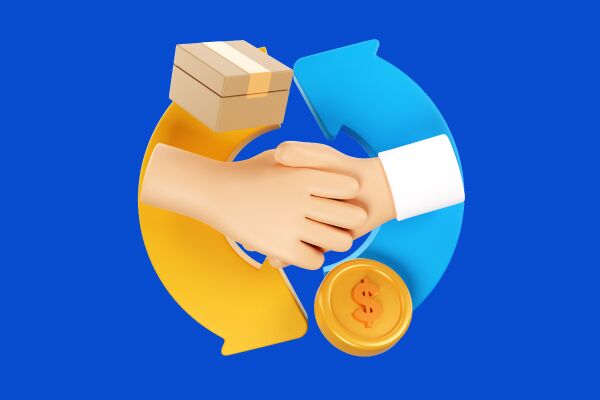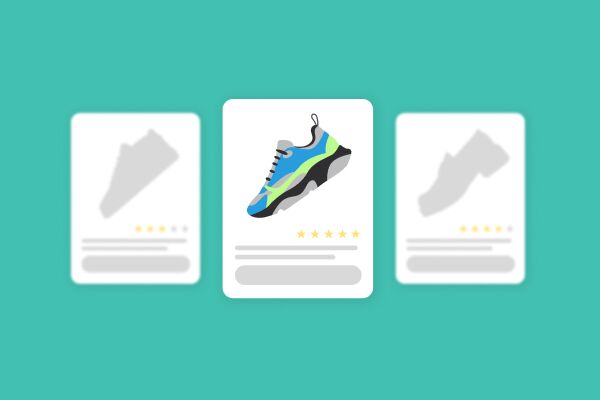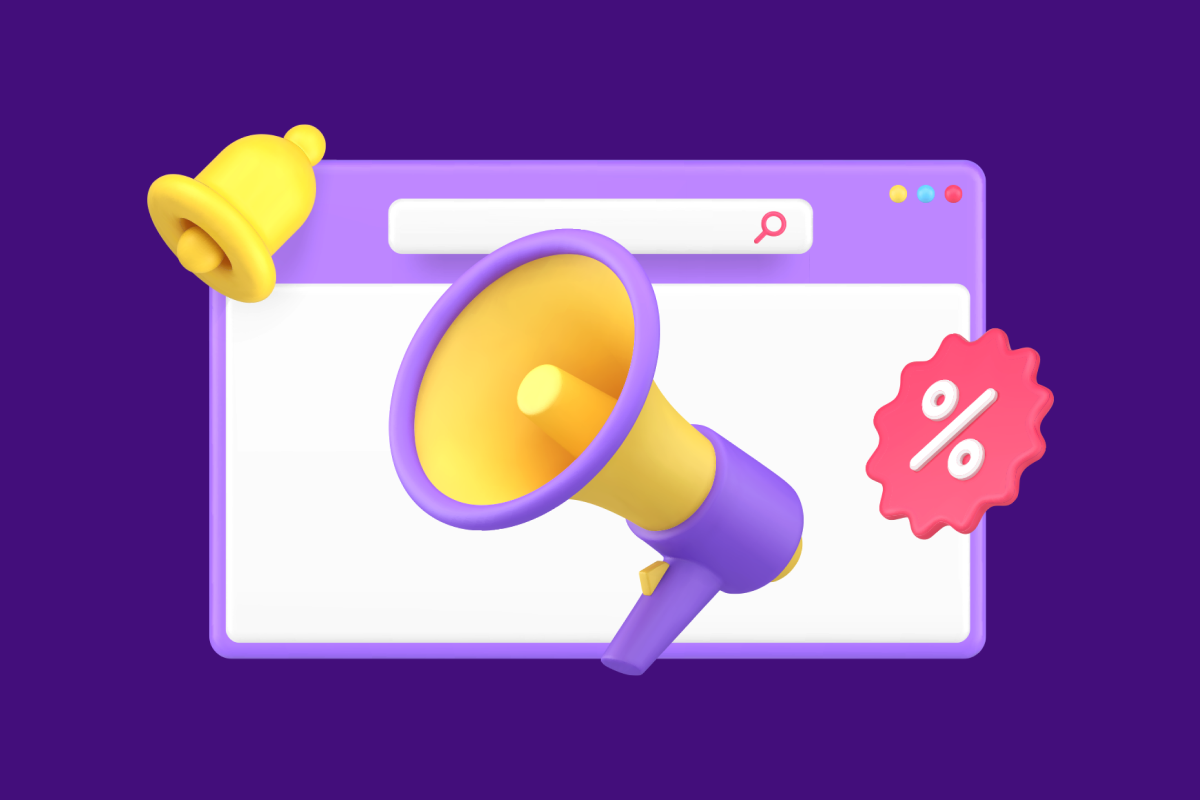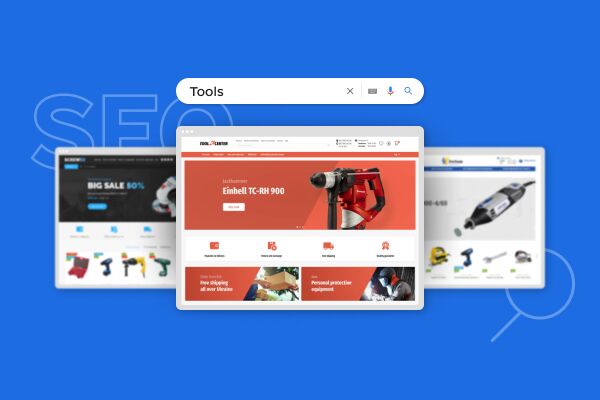Cerchi modi per far crescere la tua attività? Allora dovresti prendere in considerazione le vendite B2B. In questo articolo abbiamo raccolto tutto quello che c’è da sapere.
Il B2B (Business-to-Business), ovvero “business per il business”, è un modello in cui un'azienda fornisce beni o servizi ad un'altra azienda, e non al consumatore finale. La caratteristica distintiva del mercato B2B è che venditore e acquirente sono partner: il primo ottiene un guadagno dalla transazione, mentre il secondo investe nello sviluppo della propria attività.
Le aziende che acquistano prodotti o servizi da altre imprese lo fanno generalmente con uno di questi obiettivi:
-
rivendita dei prodotti – ad esempio, un negozio online ordina una grande quantità di merce da un fornitore a prezzo all’ingrosso e la rivende con un ricarico ai clienti finali;
-
produzione – un’impresa acquista attrezzature o materie prime per realizzare prodotti da vendere, come nel caso di un negozio di abbigliamento con produzione propria che compra macchine da cucire, tessuti e accessori;
-
ottimizzazione dei processi interni – un’azienda paga corsi di formazione per il personale, consulenze in ambito marketing oppure sottoscrive abbonamenti a software o servizi digitali per migliorare l’efficienza operativa.
Un’azienda B2B può operare contemporaneamente anche nel segmento B2C, vendendo direttamente al consumatore finale. È il caso, ad esempio, di marchi noti come Puma o Adidas, che distribuiscono i loro prodotti sia tramite rivenditori (modello B2B) che nei propri punti vendita ufficiali (modello B2C).
Caratteristiche del mercato B2B
Lavorare con clienti aziendali è molto diverso rispetto alla vendita al consumatore finale. Una B2B deve gestire trattative strutturate, definire con precisione le condizioni di collaborazione e, spesso, formalizzare il rapporto con un contratto. I clienti B2B hanno una conoscenza approfondita del proprio settore e valutano con attenzione ogni potenziale partner commerciale. Vediamo ora le principali peculiarità del modello di business B2B.
Ciclo di vendita più lungo
A differenza del mercato B2C, dove gli acquisti possono essere impulsivi e rapidi, nel B2B il processo di chiusura di una trattativa è generalmente più lungo. Dall’inizio del contatto tra le aziende fino all’avvio della collaborazione possono passare settimane o mesi. Il ciclo di vendita B2B si sviluppa su più fasi. Le principali includono: primo contatto, presentazione e analisi dell’offerta commerciale, trattative, eventuali revisioni e infine la firma dell’accordo.
La durata e il numero di questi passaggi dipendono dalla nicchia di mercato e dalla tipologia di ordine. Se il cliente intende acquistare piccole quantità, si può concludere rapidamente. Ma se si tratta di forniture importanti, sarà necessario più tempo per definire ogni dettaglio.
Approccio razionale
Nel B2B, il fattore emotivo che spesso guida gli acquisti nel B2C è quasi del tutto assente. Le decisioni vengono prese in modo razionale e ponderato. Prima di iniziare una trattativa, i clienti B2B analizzano il mercato, confrontano diversi potenziali fornitori e scelgono l’opzione che offre il miglior equilibrio tra costi e benefici attesi.
Di conseguenza, le strategie di marketing per il B2B sono diverse da quelle del B2C. In questo contesto contano molto la reputazione dell’azienda, le testimonianze dei clienti e il passaparola tra professionisti. L'affidabilità del fornitore è spesso un fattore decisivo.
Valore medio dell’ordine elevato
Nei rapporti tra aziende, il valore di un contratto può facilmente arrivare a decine di migliaia di dollari — una cifra paragonabile, nel mondo B2C, all’acquisto di un immobile. Allo stesso tempo, la politica dei prezzi nel B2B è flessibile: ciò che conta è costruire relazioni durature e vantaggiose per entrambe le parti. Per questo motivo, il prezzo finale può variare a seconda del cliente e viene spesso definito nel corso della trattativa.
Interazione multilivello
Nel B2B, il processo di vendita raramente dipende da una sola persona. Spesso coinvolge un team di figure diverse — dal commerciale al proprietario dell’azienda. Più è alto il valore della trattativa, più interlocutori saranno coinvolti. In questo contesto si parla spesso di “decisori”, ovvero le persone che prendono le decisioni (in italiano si usa anche l’acronimo inglese DMP: Decision Making People). Possono essere uno o più soggetti: il CEO, il direttore finanziario, il responsabile vendite e, in alcuni casi, anche figure intermedie come il key account manager.
Target ristretto
Il mercato B2B si rivolge a un pubblico molto specifico, con un numero limitato di potenziali clienti e costi di acquisizione elevati. Per questo motivo, è spesso più conveniente investire nel mantenimento della clientela già esistente piuttosto che concentrarsi esclusivamente sull’acquisizione di nuovi clienti.
Come lavorare con successo con i clienti B2B
Nel mondo B2B, la vendita è prima di tutto una forma di partnership, basata su relazioni di fiducia, reciproco vantaggio e collaborazione trasparente tra aziende. Una comunicazione efficace con i clienti business è fondamentale per costruire rapporti solidi e duraturi. Per ottenere questo risultato, è necessario adottare un approccio strutturato.
Creare un portale B2B moderno
Un portale B2B è il sito aziendale pensato per presentare e vendere prodotti o servizi ai partner commerciali — attuali o potenziali. Questo tipo di piattaforma permette di automatizzare molti processi interni, liberando i dipendenti da attività ripetitive. I clienti, dal canto loro, possono accedere in autonomia a tutte le informazioni di cui hanno bisogno: condizioni di collaborazione, catalogo prodotti con prezzi aggiornati, cronologia degli ordini e possibilità di effettuare acquisti all’ingrosso con pochi clic — senza dover contattare un commerciale.
Il sito può essere integrato con i sistemi gestionali aziendali, in modo che ogni dato sia sempre aggiornato in tempo reale, senza necessità di conferme o chiarimenti.
Disporre di un portale B2B moderno rende le interazioni tra venditore e cliente molto più rapide, fluide ed efficienti. Con la piattaforma Cartum potete creare il vostro portale B2B completo di tutte le funzionalità essenziali per la vendita all’ingrosso. Tra queste: prezzi differenziati in base alla quantità ordinata, possibilità di mostrare o nascondere la disponibilità dei prodotti, opzioni di spedizione e pagamento personalizzabili per ciascun gruppo di clienti, e molto altro ancora. Scoprite tutte le funzionalità disponibili al link indicato.
